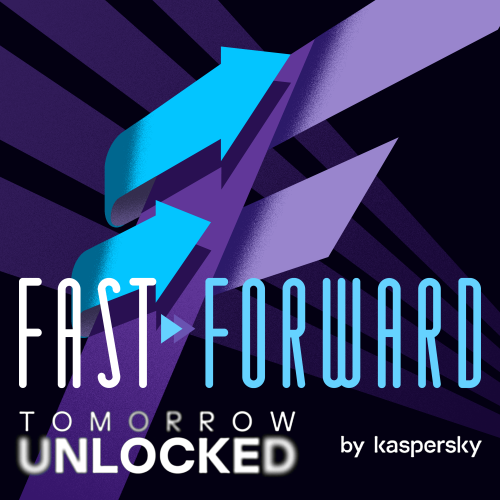Inventor of the audiocassette Lou Ottens’ death at age 94 in early 2021 gave the media and technology world a chance to stop and think. In the age of Musks and Zuckerbergs, it’s easy to forget how much Ottens changed the game.
The home and studio standard of the time, open-reel tape, didn’t travel nearly so well. Reels and playback machines were heavy, bulky and easily damaged. Ottens started with the idea of something conveniently carried. He cut a piece of wood to the size of his pocket as a template.
When Phillips introduced the audiocassette to market in 1963, it was a tiny sound revolution. The light and compact bundle of plastic and metal made data transportable and accessible in ways never before possible.

Learn tech's future from tech's past
Fast Forward audio doc
Experts and thinkers discuss what tech’s history means for tech’s future.
From the pocket to the world
By the 1980s, we were connecting cassette players to early home computers and telephone answering machines. Before cassettes receded into obsolescence around the late 1990s, the penetration of Lou Ottens’ innovation was total.
But the audiocassette stayed influential beyond its popularity. Ottens also helped develop the Compact Disc, which stored more data and was more durable. But its use and distribution patterns followed those established by its predecessor, the cassette. Symbols on PlayStation, other game controllers and almost all audio-visual players mimic those introduced with the audiocassette.
Past lessons invaluable for future success
Frantic pace can distract us from learning from the past. The influence of Ottens’ audiocassette beyond its seeming obsolescence is a case in point.
New audio documentary series Fast Forward, presented by me for Tomorrow Unlocked by Kaspersky, is devoted to examining trends from the recent past shaping today’s technology. It distills practical lessons that might otherwise have been lost in our rapid forward momentum.
Clayton M. Christensen and Joseph Bower coined the term ‘disruptive’ to describe game-changing technologies in their 1995 article, Disruptive technologies: Catching the wave. Although ‘disruptive’ has since been overused, Bower and Christensen first identified the idea of disruptive technologies by taking the long view of innovation’s history.
Overuse tends to stretch meaning to the point where the original definition is all but lost. Disruptive technologies, often come from outside an existing system of established firms and products, create new markets that eventually displace that system. The concept can be crushed down to Mark Zuckerberg’s infamous (former) motto for Facebook: Move fast and break things.
What ‘move fast and break things’ lacks in nuance, it makes up for in radical commitment – which is fine until you remember moving fast and breaking things is what bulls do in china shops.
Launching unfinished business
The current rush to disrupt in tech industries condemns customers and producers to live in a ‘beta’ universe where bugs become features to be dealt with later. . But as entrepreneur Andy Budd observed in a recent blog post,” Without a clear picture of what you’re building, it’s almost impossible to predict problems. We’re encouraged to learn about the future not by thinking, imagining or researching outcomes, but by launching products and learning from the results.”
The law of unintended consequences tends to govern the ‘beta’ universe. Taking the long view can help swing those consequences from negative to positive. It’s unlikely Lou Ottens foresaw the deep, long-term impact of the audiocassette while he cut that block of wood to fit in his pocket.
Making time for failure a success
Ottens was only five in 1926 when Thomas Edison died. Edison invented the phonograph, which made mechanical sound recording and playback possible for the first time.
Edison first tried to market the phonograph by putting it inside a doll that recited nursery rhymes and wished its owner a happy Christmas. The doll was a dismal failure, withdrawn from shelves after most were unsold or returned by disturbed customers.
Edison costed failure into his projects. For him, trial and error were part of the process, repeated until the product was ready for the public.
Maybe his customers didn’t want a talking doll, but they did want to hear a famous operatic tenor like Enrico Caruso in their parlors.
“I have not failed,” Edison said about his repeated setbacks while inventing the lightbulb. “I’ve just found 10,000 ways that won’t work.” Edison’s profound commitment to try and try again shows, in times when ‘ever beta’ doesn’t seem to equal ‘ever better,’ innovators and entrepreneurs may still find the long view offers the most useful lessons.



